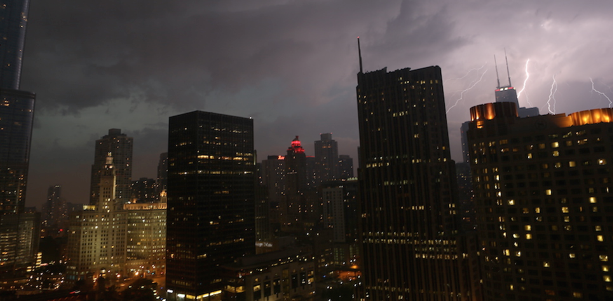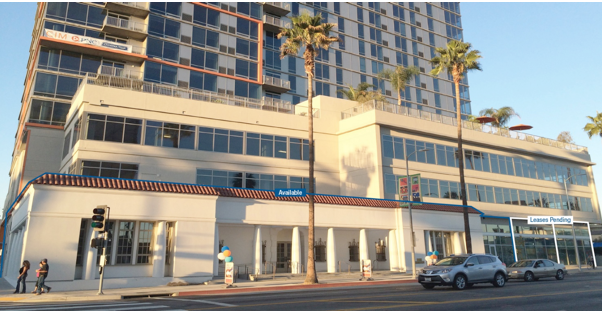The Free and the Brave … Confronting the Challenges of a More Complex World
Most of us who have heard of the vandalizing of the Vietnam War Memorial in Venice are still in a state of shock, and are calling on the LAPD to reverse their decision to not investigate the case. But there is good news: the army of Boy Scouts and Girl Scouts who are growing up in respect to our fallen military are a much better representation of who we are.
Last year, a small army of over 4,000 Boy Scouts, Girl Scouts, Explorer Scouts, Sea Scouts, Cub Scouts, Brownies, Camp Fire Girls, and other youth groups placed over 86,000 flags early on the Saturday morning of Memorial Day Weekend at the West Los Angeles Veterans Memorial Cemetery. This year that number was even higher, and it reflected a more prominent co-ed presence than ever.
The girls stepped up, and the boys stepped up even more, judging from the ocean of uniformed youths I saw there. And THAT is the true America we live in--both the Girl Scouts and the Boy Scouts led the ceremonies this year, with a special speech from Jimmy Weldon of "Yakky Doodle" fame (yes, he can still do that beloved voice, even at age 90). Reverence was discussed, and its tie-in to Old Glory...and then the youths went to work.
Memorial Day is special, and started shortly after the Civil War. It was originally called Decoration Day, and became Memorial Day. Unlike Veterans Day, the holiday dedicated to thank and honor those who served in the military, Memorial Day is meant to commemorate those who served and died for our everyday liberties.
We live in an ever-more-complicated world, with the needs of Americans to be respected and balanced with the needs of non-Americans. The prioritization of Americans in our world has much to do with our current presidential election cycle...and taking on the difficult issues is something our youth will have to grapple with as much as did older generations.
Very recently, President Obama visited Hiroshima and discussed the "evil that fell from the skies" in the form of the nuclear bombings of Hiroshima and Nagasaki. Many in Asia, the Philippines, and the United States believe that this evil was of Imperial Japan's own making, and reflect concern that the "War of Asian Liberation" (as it is so taught in Japan) doesn't show that Japan "gets it" like Germany does with that latter nation's Nazi past.
Many have viewed President Obama's visit as an "apology", and demand that he visit Pearl Harbor to apologize to those buried there. Well, President Obama DID visit Pearl Harbor this weekend. President Obama is from Hawaii, and knows all too well the nightmare that was visited on our nation that awful day of December 7, 1941.
And while those of us who study history and civics might recognize that the nuclear bombing of Japan simultaneously ended the Second World War, saved millions of American and Japanese lives (the Japanese were in training to fight to the death, including women and children), and send a message to Stalin and the Soviet Union that the War was over for them, too...clearly, the two nuclear bombings cannot and should not be something we should be "proud of".
And while even today, the remains of our nation's fallen youth still only now make it home from where they fought in the South Pacific in World War Two, and remain as a beacon of dignity and sacrifice in Normandy and other battlefields in Europe, the agony and ambivalence of war and foreign conflicts must always be taught, and never forgotten.
So while Congress now debates whether to require young women as well as young men to register for the draft at age 18, the ambivalence and challenges of that issue must be debated...because there probably IS no right answer. Perhaps women SHOULD serve (perhaps there would be fewer wars if they helped run the military), and perhaps both men and women SHOULD all be required to serve two years in either civilian or military roles.
Perhaps, too, both history and civics should make a come-back as required learning every year in high school, instead of the elective and/or two years that are currently part of our high school requirements ... to say nothing of our woefully-incomplete college requirements.
But on these two issues, there is NO ambivalence:
1) The disgusting individuals who secretly defaced the Vietnam War Memorial in Venice did more than just burn American flags to make a point. They are the villains, the losers, and the miscreants who reflect the worst of our society.
2) The army of boys and girls (and their supportive parents) who descended on the West LA Veterans Memorial Cemetery last Saturday morning to place an ocean of American flags made their own point, and they did it for all to see. They are the heroes, who are the newest wave of Americans, and who are of all ethnicities and both genders...and they reflect the best of our society.
And it's not hard to figure out which group outnumbers the other.
God Bless America, and may the memory of our fallen heroes, who gave everything for our daily rights, happiness, and quality of life--and our FREEDOM--live forever in our hearts.
(Ken Alpern is a Westside Village Zone Director and Board member of the Mar Vista Community Council (MVCC), previously co-chaired its Planning and Outreach Committees, and currently is Co-Chair of its MVCC Transportation/Infrastructure Committee. He is co-chair of the CD11Transportation Advisory Committee and chairs the nonprofit Transit Coalition, and can be reached at [email protected]. He also co-chairs the grassroots Friends of the Green Line at www.fogl.us. The views expressed in this article are solely those of Mr. Alpern.)
-cw


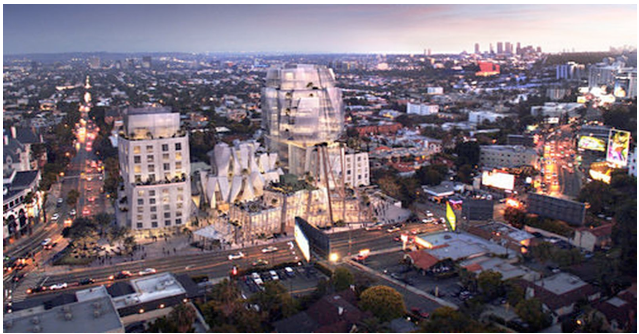
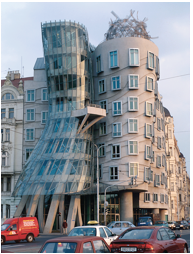 If I sound angry, it’s for good reason: I am.
If I sound angry, it’s for good reason: I am.





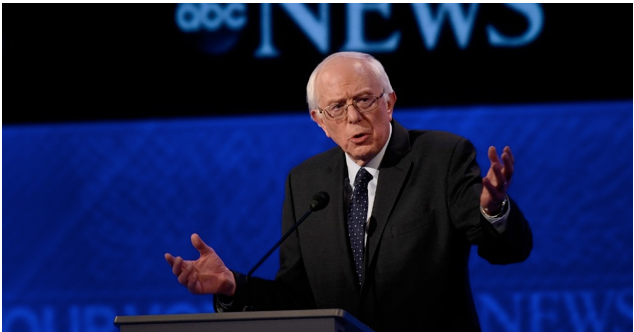
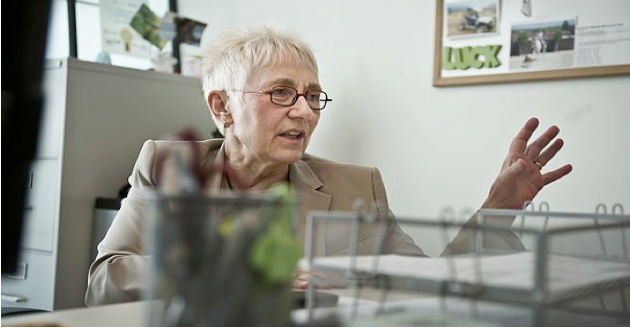
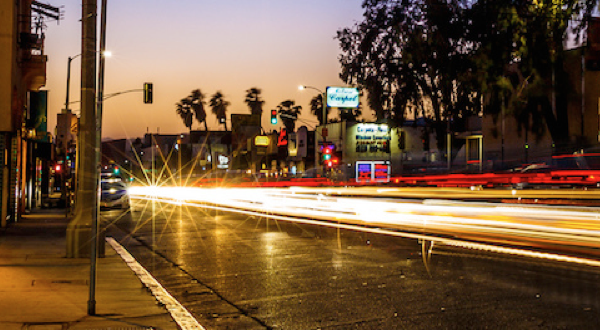
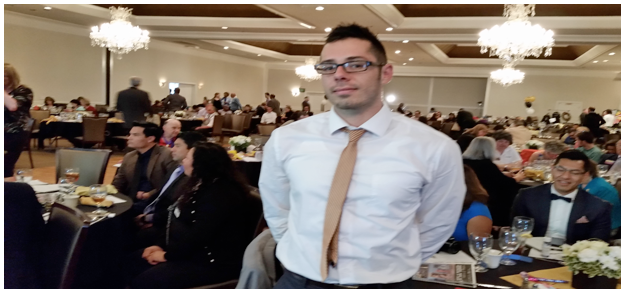
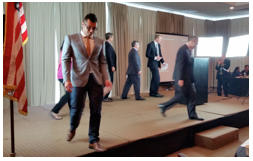 Vasquez competed with four other contestants, representing other Divisions in Toastmasters District 52. The winner will go to Washington DC in mid-August to the Toastmasters International Speech Contest, where this year’s World Champion will be recognized.
Vasquez competed with four other contestants, representing other Divisions in Toastmasters District 52. The winner will go to Washington DC in mid-August to the Toastmasters International Speech Contest, where this year’s World Champion will be recognized. 